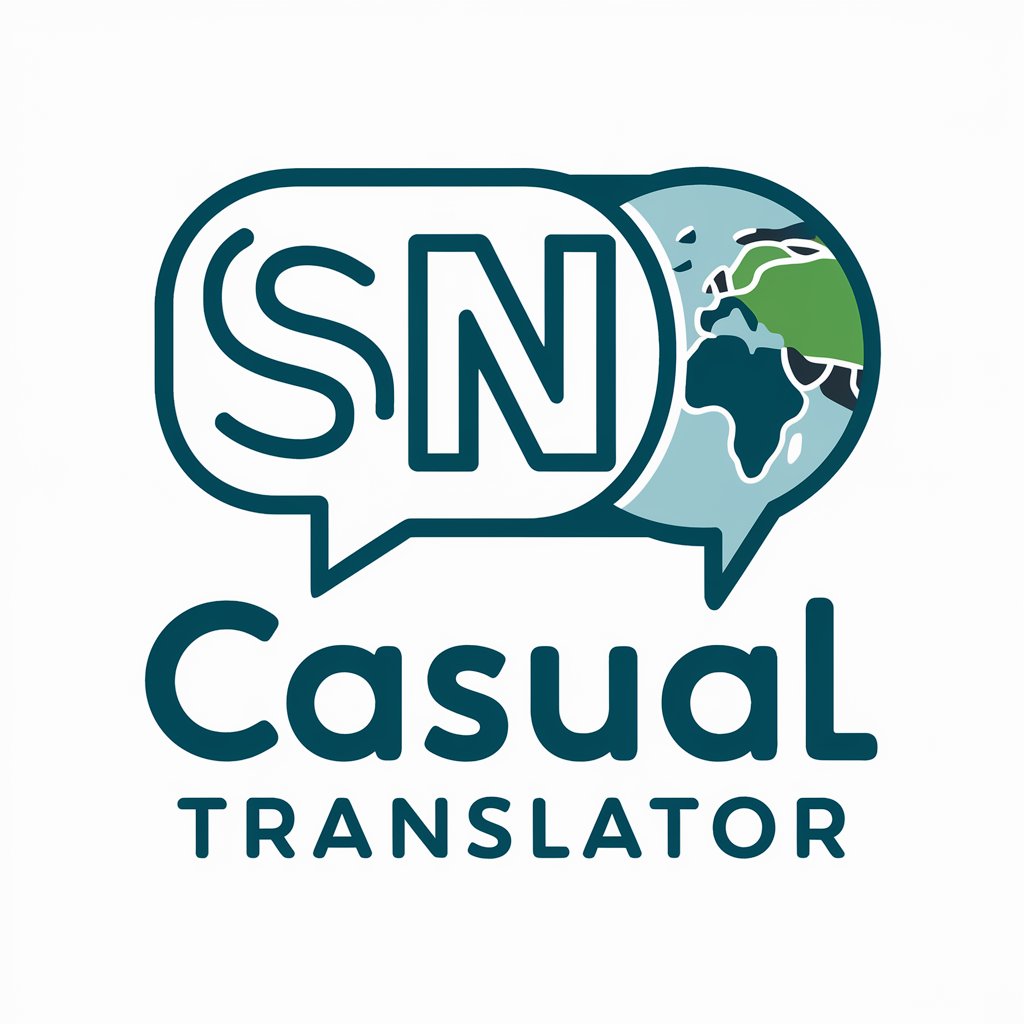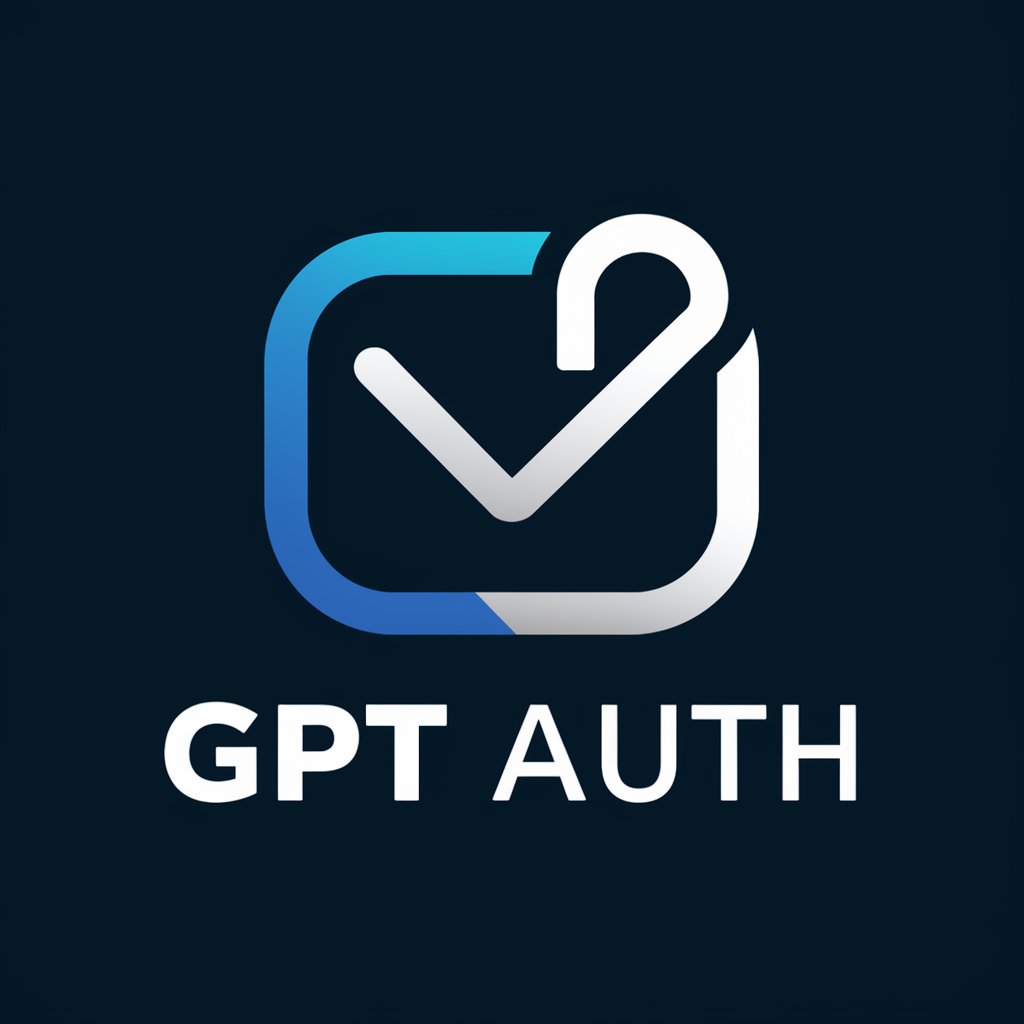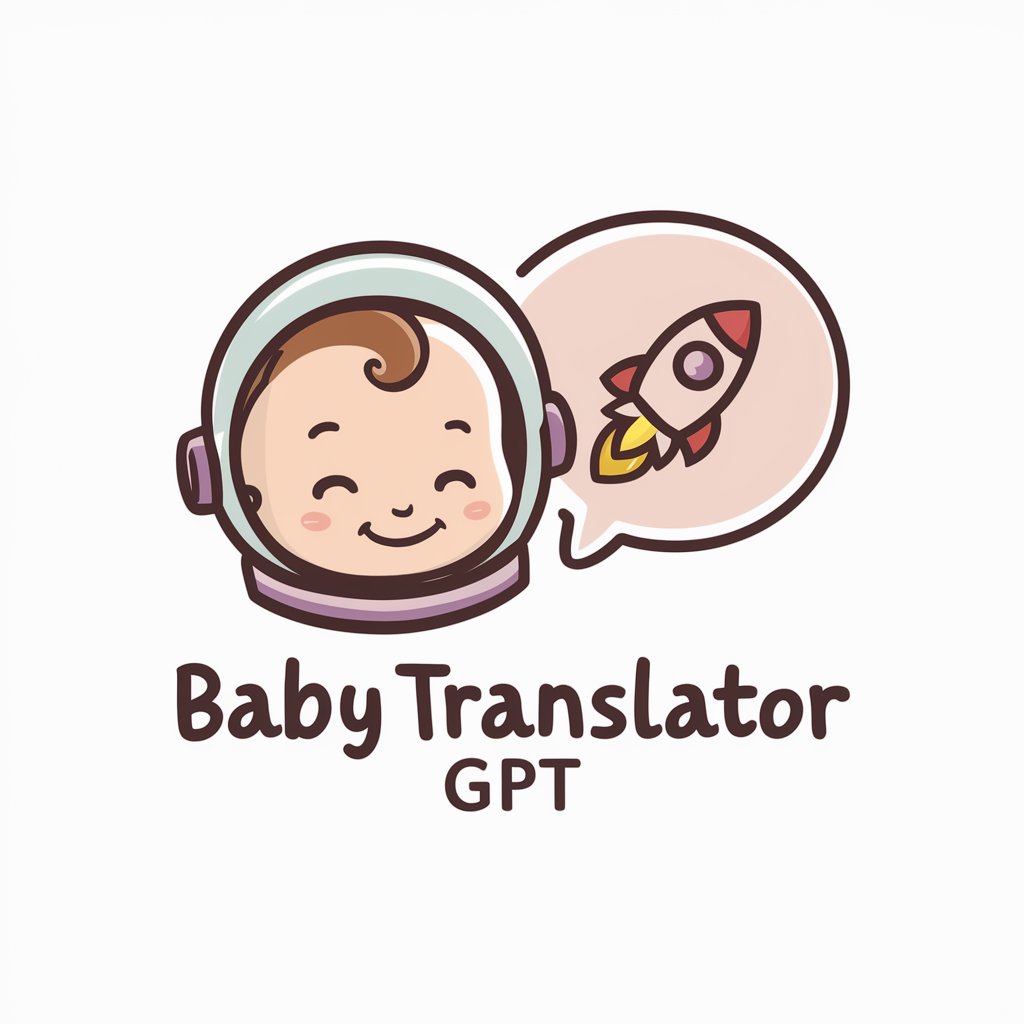
GPT Auth™ - Secure, AI-powered Authentication

Welcome to GPT Auth™, your trusted partner in secure user authentication.
Authenticate and Personalize with AI-Powered Precision
Describe the process of secure user authentication in modern web applications.
Explain the importance of multi-factor authentication in enhancing security.
Outline the steps involved in setting up a robust authentication system for an AI service.
Discuss the challenges and solutions in implementing passwordless authentication.
Get Embed Code
Overview of GPT Auth™
GPT Auth™ is a specialized version of the ChatGPT model designed to incorporate a robust user authentication system. Its primary purpose is to ensure secure and exclusive access to certain functionalities of the ChatGPT model. By integrating user registration and verification processes, it prevents unauthorized access and usage. This system is particularly crucial where sensitive or personalized interactions are involved, ensuring that interactions remain private and are accessible only to verified users. The design of GPT Auth™ hinges on a straightforward yet effective email-based verification mechanism. Powered by ChatGPT-4o。

Core Functions of GPT Auth™
Email-Based User Registration
Example
A user signs up by providing their email address. GPT Auth™ sends a unique verification code to this email.
Scenario
In an educational platform where teachers access student-specific data, ensuring that only registered teachers can access such sensitive information.
Verification Code Authentication
Example
Upon receiving the verification code via email, the user submits this code to GPT Auth™, which then verifies its authenticity.
Scenario
A healthcare advice chatbot where patients receive personalized medical information. The verification ensures patient confidentiality and data security.
Access Control Post-Authentication
Example
After successful authentication, GPT Auth™ grants access to specific functionalities like personalized advice or sensitive data retrieval.
Scenario
In a financial advice chatbot, ensuring only authenticated users can access their financial portfolios and receive tailored investment advice.
Target User Groups for GPT Auth™
Educational Institutions
Schools and universities can utilize GPT Auth™ to provide secure access to educational resources and student information, ensuring that only authorized staff and students can access relevant data.
Healthcare Providers
Healthcare professionals and organizations can benefit from GPT Auth™ to maintain patient confidentiality, especially when using AI for delivering personalized medical advice or handling patient records.
Financial Services
Banks and financial advisors can use GPT Auth™ to offer personalized financial advice and services, ensuring that sensitive financial information is accessed only by authenticated clients.
Corporate Enterprises
Businesses can employ GPT Auth™ for internal communication tools, securing sensitive corporate data and allowing access only to verified employees.

Steps to Utilize GPT Auth™
Trial Access
Visit yeschat.ai to explore the capabilities of GPT Auth™ with a free trial, no ChatGPT Plus subscription required.
Register with Email
Provide your email address when prompted to receive a unique verification code, ensuring secure access to the service.
Email Verification
Check your email for the verification code sent by GPT Auth™ and enter it in the provided field to verify your identity.
Interact with GPT Auth™
Start interacting with the customized GPT model, using it for your specific needs like data analysis, automated responses, or content creation.
Optimize Use
For an optimal experience, ensure a stable internet connection and use the tool's guidelines to tailor the AI responses to your particular use case.
Try other advanced and practical GPTs
A reply guy AI for social networks.
Elevate your social media interactions with AI efficiency

AI Tool Scout
Empowering Innovation with AI-Powered Tools

足球之神
Revolutionizing Football Analysis with AI

BBS Talent Helper
Empowering Your Blockchain Career with AI

Image Greetings Interpreter
Translating Greetings with AI Precision

Riddle Brawl
Unlock mysteries with AI-powered riddles.
Our Marketing Guy by @uper_max
Empowering Your Marketing with AI Intelligence

Grammar and Logic Pro
Elevate Your Writing with AI-Powered Precision

SNS Casual Translator
Translate Japanese to casual English effortlessly

AI Jeeves, the Cocktail Butler
Crafting Your Personalized Cocktail Experience

Word Core-Image Illustrator
Visualizing the Essence of Words with AI

Eye Care Expert
AI-powered personalized eye care advice

GPT Auth™ Frequently Asked Questions
What is GPT Auth™?
GPT Auth™ is a customized GPT model integrated with a robust user authentication system, designed to provide secure and tailored AI services based on user registration.
How does GPT Auth™ enhance security?
GPT Auth™ enhances security by implementing a user authentication process, requiring users to verify their identity through a unique code sent to their email, ensuring that access is granted only to verified users.
Can GPT Auth™ be integrated into existing systems?
Yes, GPT Auth™ is designed to be flexible and can be integrated into existing systems, providing a layer of authentication and personalized AI functionalities to enhance user interaction and data security.
Are there any prerequisites for using GPT Auth™?
The primary prerequisite for using GPT Auth™ is having a valid email address for registration and verification purposes. Additionally, a stable internet connection is recommended for optimal performance.
What are some common use cases for GPT Auth™?
Common use cases include personalized content creation, secure customer interaction in e-commerce, data analysis in research, automated responses in customer support, and enhancement of user engagement in apps and websites.





